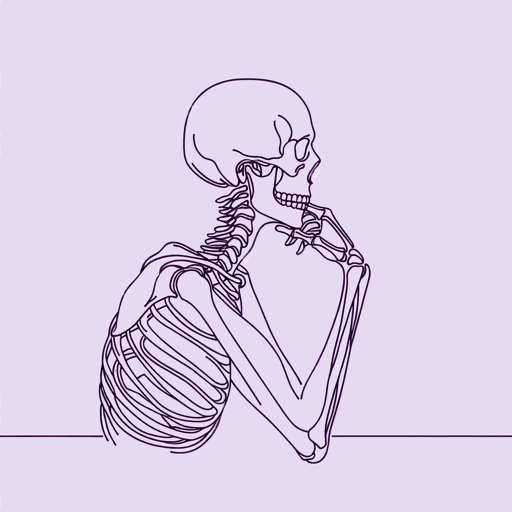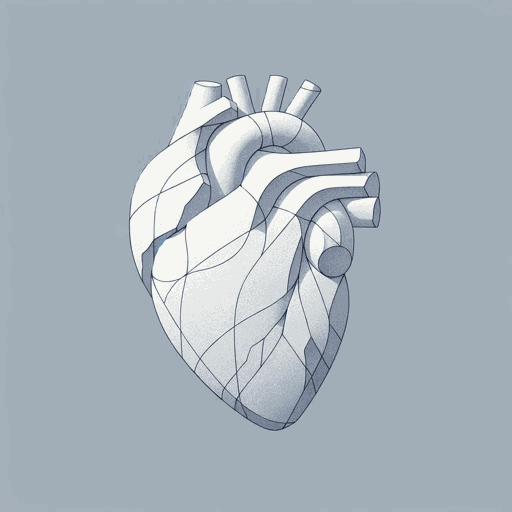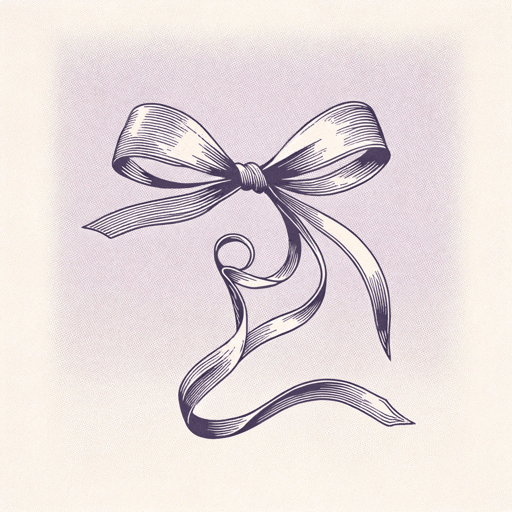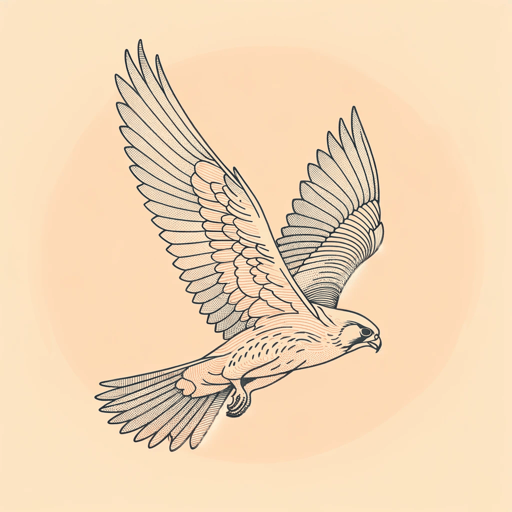17 pages • 34 minutes read
William Butler YeatsLeda and the Swan
Fiction | Poem | Adult | Published in 1924A modern alternative to SparkNotes and CliffsNotes, SuperSummary offers high-quality Study Guides with detailed chapter summaries and analysis of major themes, characters, and more.
Literary Devices
Form and Meter
“Leda and the Swan” loosely follows the Italian (or “Petrarchan”) sonnet form in terms of its rhyme scheme: Its first two stanzas are divided into four lines each and follow an ABAB CDCD rhyme scheme, while the final stanza is made up of six lines (known as a “sestet” in Italian sonnets) with an EFGEFG rhyme scheme. There is a deliberately disruptive—and thematically significant—line break in Line 11 (“And Agamemnon dead / Being so caught up”) that fractures what should be a single line across two lines, shifting the poem from a sonnet’s traditional length of 14 lines into one that is 15 lines. This sudden line break is significant because it shifts the poem’s focus away from the future events of the Trojan War and its aftermath (“And Agamemnon dead” [Line 11]) back to the scene of Leda’s rape (“Being so caught up” [Line 12]), once more linking the violence that is to come with the violence that is presently taking place.
Related Titles
By William Butler Yeats

Among School Children
William Butler Yeats

A Prayer for My Daughter
William Butler Yeats

A Vision: An Explanation of Life Founded upon the Writings of Giraldus and upon Certain Doctrines Attributed to Kusta Ben Luka
William Butler Yeats

Cathleen Ni Houlihan
William Butler Yeats

Crazy Jane Talks with the Bishop
William Butler Yeats

Death
William Butler Yeats

Easter, 1916
William Butler Yeats

No Second Troy
William Butler Yeats

Sailing to Byzantium
William Butler Yeats

The Lake Isle of Innisfree
William Butler Yeats

The Second Coming
William Butler Yeats

When You Are Old
William Butler Yeats

